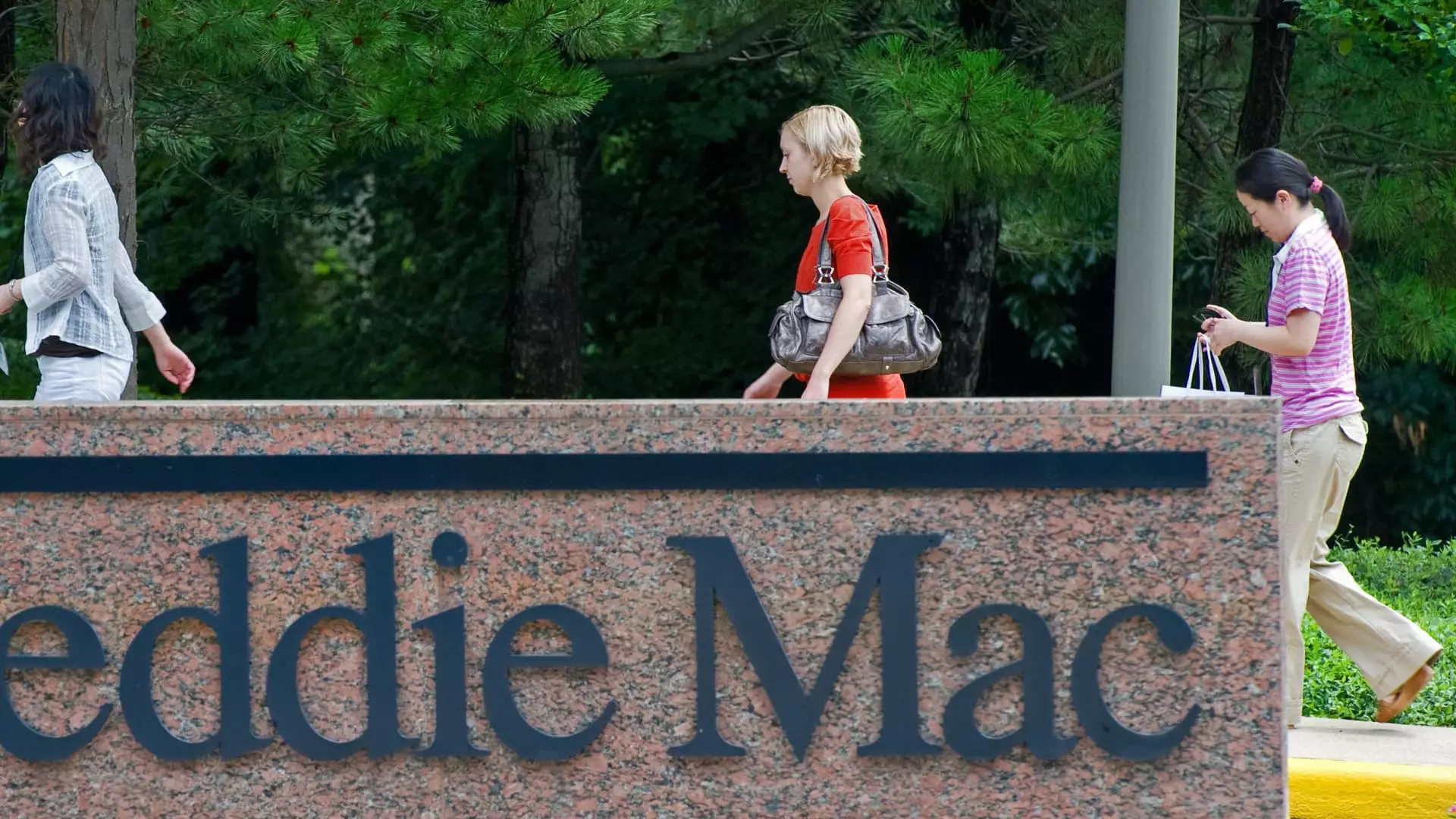Fannie Mae (Federal National Mortgage Association) and Freddie Mac (Federal Home Loan Mortgage Corporation) are two pivotal entities in the American housing finance system, operating under the umbrella of government sponsorship for nearly 17 years. Established to bolster homeownership rates by providing liquidity to the mortgage market, these government-sponsored enterprises (GSEs) were placed into conservatorship in 2008 after nearly collapsing during the financial crisis. This cushioning from the federal government was intended to stabilize the housing sector. However, the landscape is once again shifting as discussions of privatization re-emerge—particularly with the behavior of the current administration under President Donald Trump, who expressed interest in moving these companies back into the private sector during his first term.
Although President Trump has yet to openly advocate for the sale of government shares in Fannie Mae and Freddie Mac, the conversation is gaining momentum as his second term unfolds. Such a pivot brings about a range of concerns, particularly regarding the impact on mortgage rates and the associated risks for investors. Financial experts are weighing in on the potential pitfalls of this privatization process. Mark Zandi, chief economist at Moody’s Analytics, underscores the volatility inherent in releasing Fannie Mae and Freddie Mac from federal conservatorship, asserting that a well-orchestrated release is far from straightforward. He notes that unmitigated risks could lead to elevated mortgage rates, thereby raising borrowing costs for potential homeowners—compounding the already critical concern of housing affordability in the United States.
The conversation surrounding privatization becomes even more convoluted when one considers the economic ramifications at play. Finance expert Susan Wachter highlights the multidimensional challenges that hinge on both logistical and financial considerations. She elucidates that an ill-conceived release could generate unintended consequences, particularly in the form of higher mortgage rates—an outcome that could limit access to homeownership for many Americans. Fior investors involved in mortgage-backed securities, this could translate into a demand for higher interest rates to compensate for the increased risks, further affecting the housing market dynamics.
Moreover, the proportion of homebuyers relying on mortgages remains significant; while cash purchases have spiked to a historical high, a substantial 74% of buyers financed their homes through loans in 2024. Thus, the precarious balance of ensuring Fannie Mae and Freddie Mac can operate effectively without government financing remains critical. The question then becomes not just when but how this transition can occur without destabilizing the entire housing market.
The sentiment surrounding the potential privatization of Fannie Mae and Freddie Mac runs the risk of sowing instability among investors and consumers alike. Should these mortgage giants transition out of their conservatorship, the repercussions could reverberate throughout the mortgage-backed security market, effectively shaking the confidence that has been painstakingly rebuilt since the crisis. Zandi categorically states that should the privatization proceed without a solid framework and strategy, it may altogether tilt the balance unfavorably; it will be a lose-lose situation for taxpayers and homebuyers alike.
A concerning statistic suggests the precarious interdependence of Fannie Mae and Freddie Mac with the state of the broader economy; experts believe any miscalculated move could backtrack years of progress made since the financial crisis. As Zandi remarked, the prospect of privatization is not merely a simple transaction but a complex process involving numerous stakeholders, including the Department of the Treasury, the Federal Housing Finance Agency (FHFA), and private shareholders—all of whom possess varied interests that must be coordinated for a seamless transition.
While individuals in the administration, such as Scott Turner, Secretary of Housing and Urban Development, have suggested that prioritizing the release of these entities is on the agenda, actualizing such a commitment necessitates careful planning and years of commitment to navigate through formidable economic and legal hurdles. The questions remain daunting: How do we manage the intricacies of a system that has such profound implications on the housing market? What safeguards will be positioned to mitigate the risks of such a significant shift?
The future of Fannie Mae and Freddie Mac stands at a crossroads, with pressures mounting for reform while the threat of economic instability looms large. It is a multifaceted dilemma that will require extensive dialogue and careful orchestration of interests to secure a prosperous housing landscape for all Americans. The complexity of the issues at hand cannot be overstated; it is clear that any forthcoming transition from conservatorship will need to be meticulously navigated to ensure minimal disruption to an already fragile real estate market.

